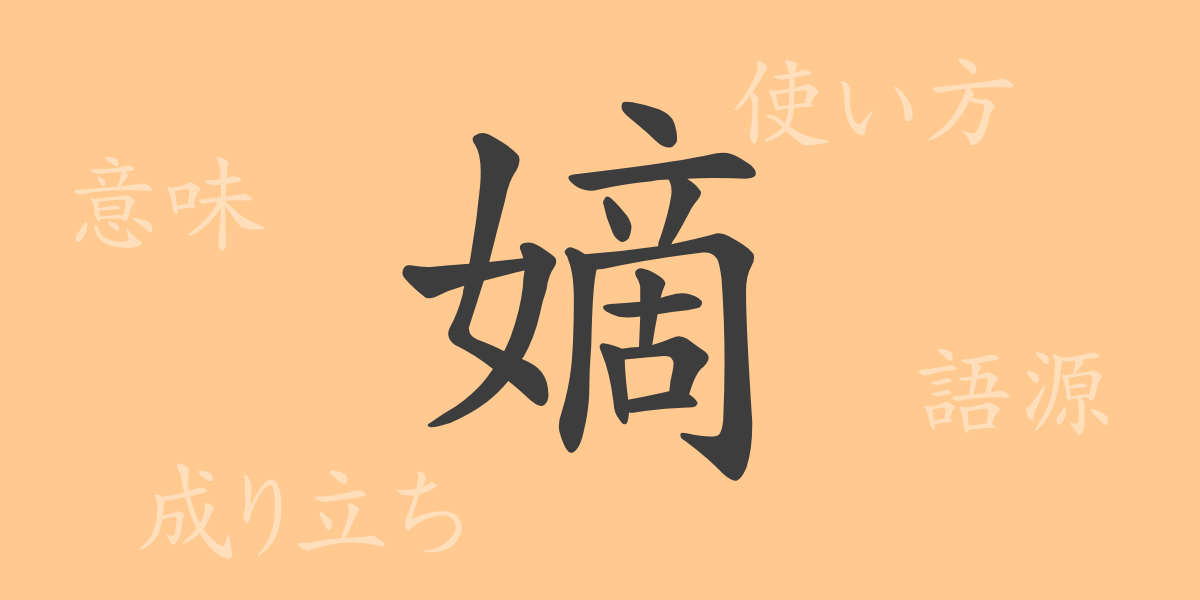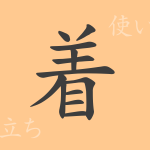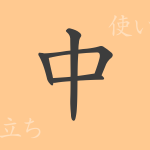Language is a treasury of culture and history. Japanese Kanji, renowned for its complexity and beauty, captures global attention. This article focuses on the Kanji “嫡(ちゃく),” exploring its origins, meanings, usages, and even phrases and proverbs associated with it. By understanding the unique cultural background embodied by “嫡,” we embark on a journey to rediscover the richness of Japanese language.
Origins of “嫡(ちゃく)”
The Kanji “嫡” originated from ancient Chinese seal script. It is formed by combining “妻(さい)” meaning ‘wife,’ and “直(ちょく),” representing a legitimate child of the principal wife. In ancient China, where the primary wife and her children were socially privileged, “嫡” reflected this societal structure.
Meaning and Usage of “嫡(ちゃく)”
“嫡” primarily denotes legitimacy within familial relationships. It is commonly used in terms such as “嫡子(ちゃくし)” for a legitimate child, and “嫡妻(ちゃくさい)” for a lawful wife. Metaphorically, it also indicates legitimacy or the main stream in broader contexts.
Readings, Stroke Count, and Radical of “嫡(ちゃく)”
The reading and structure of “嫡” are crucial for understanding its use:
- Readings: On’yomi “チャク”, not commonly used in Kun’yomi.
- Stroke Count: 14 strokes.
- Radical: “女” (woman), indicating its classification under characters related to women.
Phrases, Idioms, and Proverbs Involving “嫡(ちゃく)”
Phrases and idioms including “嫡” often relate to familial and social status:
- 嫡子(ちゃくし) – A child born to the legal wife.
- 嫡孫(ちゃくそん) – A grandchild from the legitimate child.
- 嫡流(ちゃくりゅう) – The legitimate or main lineage.
Conclusion on “嫡(ちゃく)”
The Kanji “嫡” plays a critical role in denoting legitimacy in lineage and heritage. Its application reflects deep-rooted aspects of Japanese familial and social structure and remains relevant in many contexts today. Through exploring “嫡,” we gain insight into the profound historical and cultural narratives embedded in each Kanji character, continuing our journey of learning and understanding through language.

























